
Yin Yoga: Stillness, Surrender, and Subtle Unfolding
Less doing. More being.
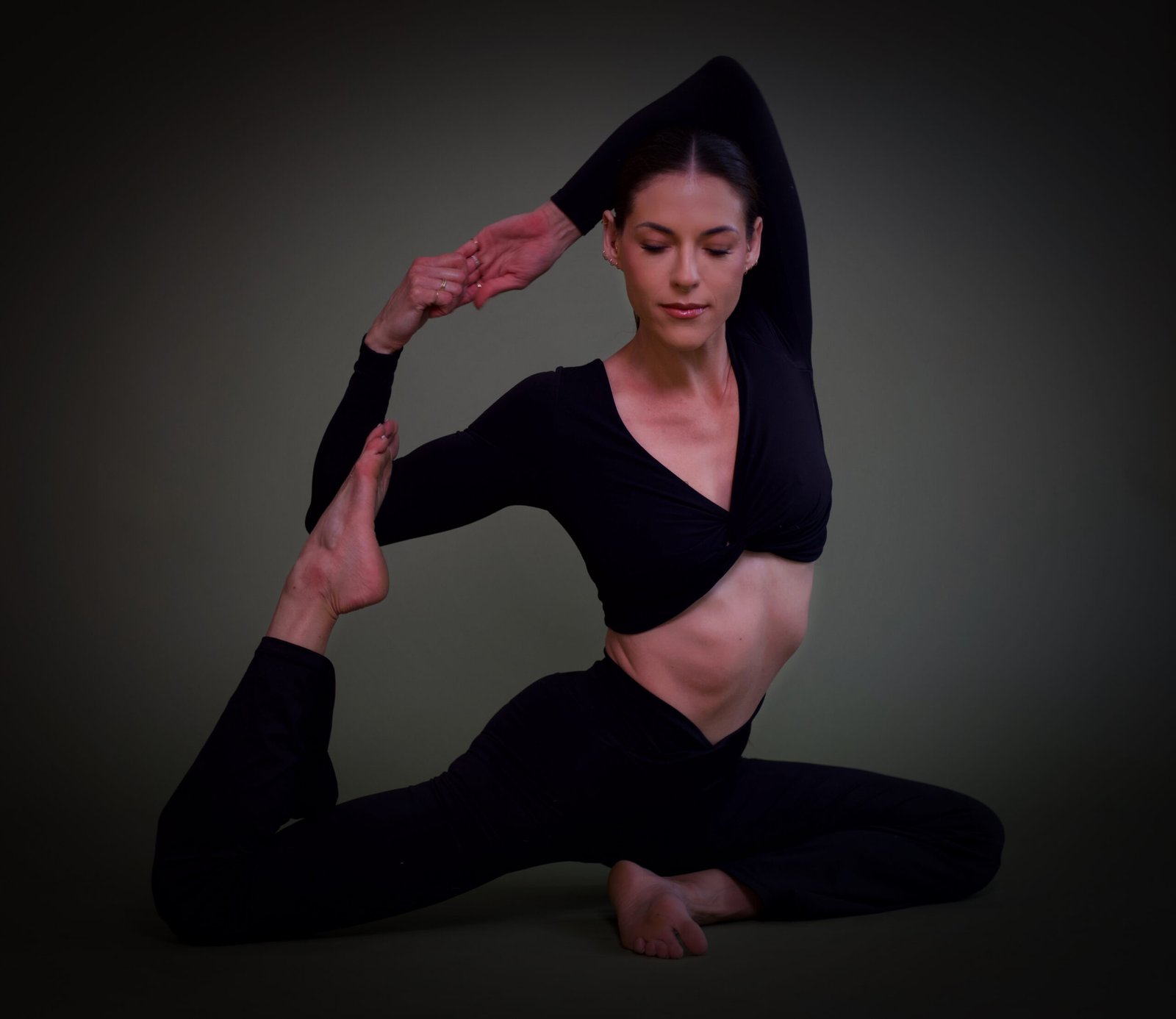
Description
Yin Yoga is a slow, meditative practice focused on long-held, passive floor poses that target the body's connective tissues—fascia, ligaments, and joints—rather than muscles. By remaining in stillness for extended periods (typically 3–5 minutes), practitioners cultivate deep flexibility, release profound tension, and access subtle energetic and emotional layers through stillness, surrender, and breath awareness.
Overview
- STYLE | Passive, still, and introspective; emphasizes deep release over muscular engagement
- STRUCTURE | Floor-based postures held for long durations (3–10 minutes) with minimal transitions
- BREATH | Natural and unforced; breath awareness supports relaxation and presence
- FLOW | Very minimal movement; transitions are slow, and poses are interspersed with rests
- PACE | Very slow and deliberate; the focus is on stillness and sustained sensation
- FOCUS | Lengthening connective tissue, calming the nervous system, cultivating presence and inner listening
- TEACHER ROLE | Supportive guide and space-holder; offers verbal cues, props, and reminders to stay present without pushing
- VIBE | Quiet, meditative, and grounding; often practiced with soft lighting, silence, or ambient music

12 Reasons to Balance Your Practice with Yin Yoga
Steady poses. Calm breath. Real-world results.
Nourishes Joints and Connective Tissues
Through steady, sustained holds, Yin invites circulation into the fascia and joints—enhancing flexibility and long-term joint health.
Increases Flexibility Safely
The slow pace allows muscles to soften while deeper tissues gradually lengthen, creating sustainable flexibility without force.
Calms the Nervous System
Extended stillness and slow breathing activate the parasympathetic response—quieting stress and guiding the body into deep rest.
Cultivates Mindfulness
Each posture becomes an invitation to observe sensations and thoughts without judgment—meditation in its purest form.
Releases Stored Tension
Gentle, prolonged holds help release energetic blockages and emotional residue held in the body, especially in the hips.
Improves Energy Flow
Working through the meridian lines, Yin Yoga supports the free flow of chi or prana, restoring balance and vitality.
Discover 6 more profound benefits that make Yin essential for your wellness journey
Read All 12 Benefits →Origins of Yin Yoga
Yin Yoga draws inspiration from both Taoist philosophy and Hatha yoga traditions. It was developed and popularized in the West by Paulie Zink, a martial arts expert and Taoist yoga teacher, and later refined by teachers like Paul Grilley and Sarah Powers, who integrated Traditional Chinese Medicine and mindfulness into the practice.
The term "Yin" refers to the cool, passive, receptive aspect of the Taoist yin-yang principle, offering a balance to the more active and dynamic yoga styles that dominate modern studio spaces. While "yang" practices build heat, strength, and muscular engagement, Yin invites us into stillness, patience, and surrender.
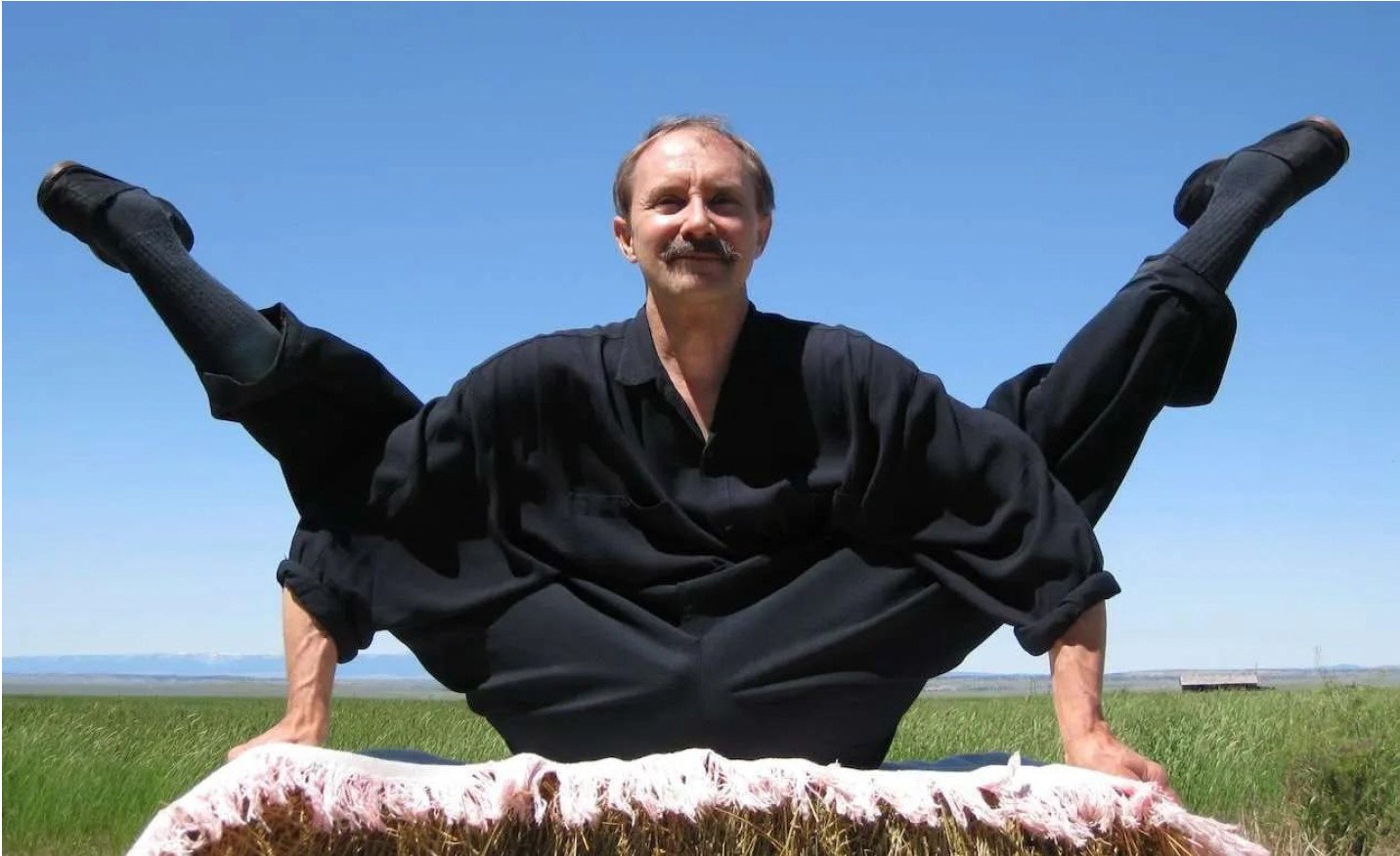
Paul Grilley, a key figure in developing modern Yin Yoga
Style and Structure
Style
Yin Yoga is intentionally slow, passive, and floor-based. It invites practitioners to meet discomfort with curiosity and compassion rather than effort or force.
Postures are non-muscular—meaning muscles are not actively engaged, allowing connective tissues to gently stretch and hydrate over time.
Structure
A typical Yin Yoga class may include:
- A grounding centering or breath-awareness practice
- A series of seated or reclined poses, each held for several minutes
- Quiet, slow transitions between shapes
- Optional use of props (bolsters, blocks, blankets) for support
- Final rest or meditation (Savasana or seated stillness)
There are no standing postures or fast transitions. Everything is designed to slow you down and drop you inward.
Breath and Flow
Breath
In Yin, breath is:
- Unforced and natural
- A tool for awareness and nervous system regulation
- Often slow and quiet, matching the energy of the posture
- A way to observe sensation and emotion without reacting
There are no prescribed breathing patterns, but teachers may cue gentle awareness of the inhale and exhale to support presence and ease.
Flow
Flow in Yin is energetic, not physical. The slow transition between postures mimics the flow of chi (prana) through meridian channels.
Each posture is its own meditative container, and the flow arises from:
- Breath to sensation
- Sensation to awareness
- Awareness to surrender
The journey is internal, and the shift is subtle but powerful.
Pace, Focus, and Teacher Role
Pace
The pace is extremely slow and still. Expect:
- 3–5 minutes in each pose (sometimes up to 10)
- Gentle, unhurried transitions
- Extended rests between shapes
- Time for integration and sensation to unfold
Focus
Yin Yoga focuses on:
- Gently stressing and elongating connective tissue
- Increasing joint mobility and fascial hydration
- Calming the sympathetic nervous system
- Accessing stored emotions or energetic stagnation
- Cultivating mindfulness, patience, and presence
This is not about stretching deeply—it's about safely and patiently accessing deeper layers of the body and psyche.
Teacher Role
The Yin teacher serves as a:
- Guide and guardian of stillness
- Space-holder for emotional or energetic release
- Supportive voice encouraging presence, breath, and letting go
- Provider of props, gentle adjustments, or visualizations
Verbal cueing is minimal and often poetic, philosophical, or trauma-informed.
Vibe and Community
The vibe in a Yin class is:
- Quiet, contemplative, and cocoon-like
- Non-performative and deeply inward
- Accessible to all levels and body types
- Ideal for evening practice or nervous system recovery
Many Yin classes are dimly lit, use ambient music or silence, and offer a sacred container for stillness in an overstimulated world.
Who Is Yin Yoga For?
Yin is ideal for:
Those Needing Rest
Anyone needing nervous system support or deep relaxation after intense periods.
Athletes
Yang-style practitioners needing balance and active recovery for their bodies.
Chronic Tension
People with chronic tension or fascial tightness seeking deep release.
Emotional Processing
Those processing grief, trauma, or emotional density through embodied practice.
Meditative Seekers
Students looking for meditative, non-performative yoga practice.
It may not suit:
- Those seeking a high-energy or fast-paced practice
- Individuals with certain injuries or hypermobility (modifications are key)
Yin Yoga is not about achieving—it's about allowing.
Frequently Asked Questions
Yin Yoga is a slow, meditative practice focused on long-held, passive floor poses that target your connective tissues—fascia, ligaments, and joints—rather than muscles. While most yoga styles are "yang" in nature (active, dynamic, heat-building), Yin invites stillness, patience, and surrender. Think of it as the essential counterbalance to our busy, fast-paced lives. It's not about doing more—it's about learning to simply be.
Most Yin poses are held for 3–5 minutes, though some teachers guide holds of up to 10 minutes. This extended time allows connective tissues to gently stretch and hydrate—something that simply can't happen in shorter holds. Don't worry if it feels uncomfortable at first. The magic of Yin happens in the quiet space between effort and ease. Props are your friends here.
Absolutely. The slower pace allows you to ease into poses without rushing, and props make every posture accessible regardless of your current flexibility. That said, Yin can be surprisingly challenging—not physically, but mentally. Sitting still with sensation and emotion takes practice. Start with shorter holds if needed, and remember: the mat will always be there when you're ready to go deeper.
Great question—they're often confused! While both are slow and quiet, Yin applies gentle stress to connective tissues through longer holds. You'll feel a stretch, though it shouldn't be intense. Restorative Yoga, on the other hand, focuses purely on relaxation with full prop support and no stretch at all. Think of Yin as "therapeutic stress" and Restorative as "complete rest." Both have their place in a balanced practice.
Yes, and this is one of Yin's most profound gifts. We store tension, stress, and emotion in our connective tissues—especially the hips and heart areas. When we hold poses long enough to access these deeper layers, emotions can surface. It's not uncommon to feel unexpectedly tearful or emotionally raw after class. This isn't something to fear; it's something to welcome. The body is simply releasing what it no longer needs to carry.
Conclusion
Yin Yoga is a quiet revolution—a practice of softness, surrender, and stillness in a world that often demands speed and striving. Through long-held shapes, mindful breath, and deep presence, Yin invites you to unravel physical tightness, access emotional wisdom, and rest in the still waters of your own being.
It's not a break from the work—it is the work. And it is some of the deepest yoga there is.
Explore Related Yoga Styles
If you love the introspection of Yin but want even more rest and nurturing, Restorative Yoga offers full support with props for deep healing. If you feel called to balance stillness with gentle movement, Hatha Yoga provides a steady, grounding pace. For those interested in alignment and structure, Iyengar Yoga brings mindful detail into each posture. If intensity and fire appeal, the flowing strength of Vinyasa or the discipline of Ashtanga can provide a dynamic counterpoint. And if spiritual awakening is your focus, Kundalini Yoga uses breath, mantra, and energy practices to stir vitality from within.
Share This Article
Ready to Experience Stillness?
Find experienced Yin Yoga teachers and studios near you. Browse verified classes, read reviews, and book your first session with confidence.
Find Yin Yoga Near You
Discover studios and classes in your area
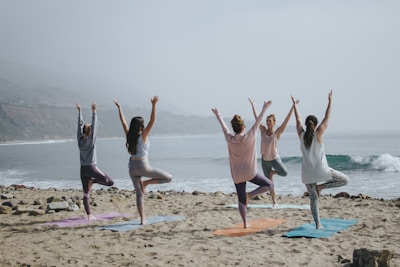
Browse Yin Studios
Find verified Yin Yoga studios and teachers in your city offering authentic, slow-paced classes.
Search Studios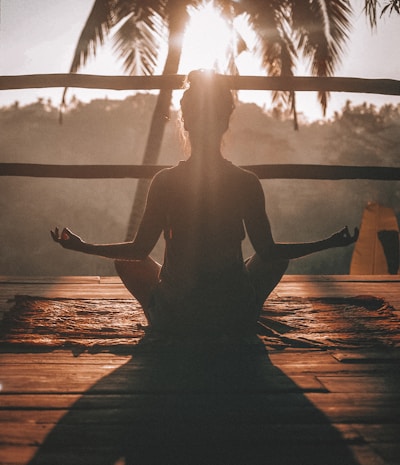
Explore Restorative Yoga
Love stillness? Restorative Yoga offers even deeper relaxation with full prop support for complete rest.
Read Guide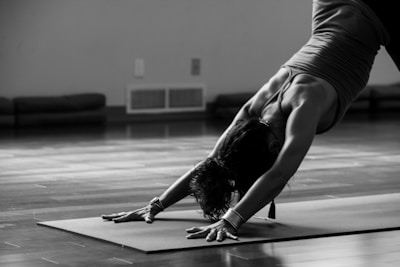
New to Yoga?
Start your journey with our beginner's guide. Learn what to expect and how to find the right class for you.
Get Started